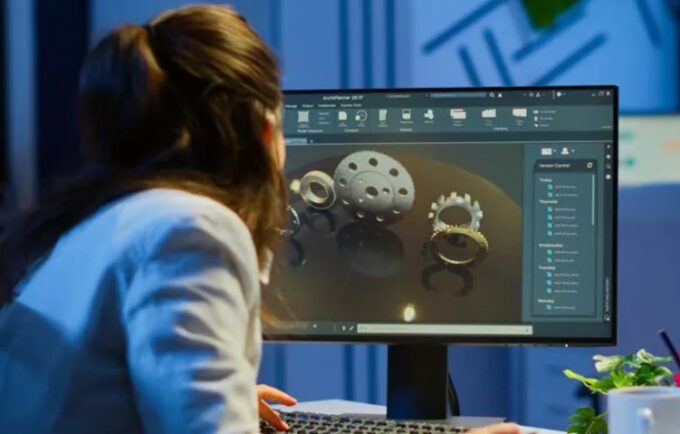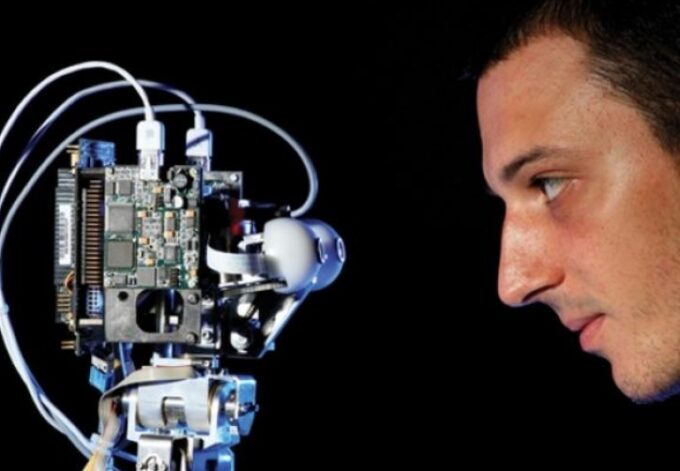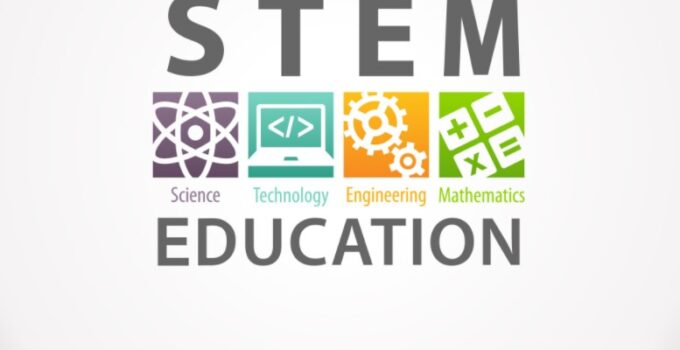STEM education is now all the rage. This is a trend that has high hopes, such as the promotion of engineering professions among young people and raising awareness of opportunities to pursue a career in engineering. Yes, natural and mathematical sciences can be very interesting, the main thing is to present them correctly to students.
Children get the opportunity not just to study, for example, the laws of physics, but immediately be able to experience their effects in practice, creating real scientific projects. STEM unites all natural sciences and mathematics into one whole. And most importantly, this approach allows interest in science, even those students who previously thought they had no flair for it. Let’s analyze more benefits of STEM education for students.
Multidisciplinary Approach

Source: breakinglatest.news
STEM disciplines are truly interconnected, but previously they were often taught as separate entities. STEM combines a project-based and interdisciplinary approach that is currently recognized by teachers around the world as the best way to teach complex disciplines. In this case, the basis is in the integration of science, technology, mathematics and engineering. All these areas are closely linked in practice, so their study as one is complete.
There is also a drawback to this approach — a student is supposed to be good in every discipline that is included in STEM metta-discipline. Due to the fact that disciplines are interconnected, when you have problems with one, you have problems with all. The idea of STEM education is to develop a full and profound understanding of Science, tech, engineering and Maths basics and later fundamentals.
If you get behind in something, it will be very difficult for you to proceed at the needed level with other classes. That is why, stumbling upon some intricate STEM assignment, try not to sit over it for too long. Address a reliable STEM homework help service, such as MyAssignmentLab, and ask for assistance to get your assignment done by experts — you will save time, receive a task done according to your level of education and will be able to proceed with your studies as needed. Sometimes, delegating is the only adequate way to solve some problems.
Balance of Hard and Soft Skills

Source: healthprofessions.ucf.edu
Today, many are focused on the development of highly specialized skills – Hard Skills. In the IT world, these are programming languages, data transfer protocols, principles of networking, security standards, virtualization systems, risk management, and knowledge of analytical systems. But this is not enough to build a successful career. Business is focused on a project-based approach. Creativity and the ability to work in a team, Soft Skills, are the most important skills for specialists.
Companies value them as much as knowledge of specific tools. Programming is a unique tool that ensures the organic development of both skill groups. When children learn to code in elementary and middle school, they learn to work in a team – changing roles, “trying on” different functions. Leadership, collaboration, adaptability, flexibility, attentiveness, initiative, independence – Soft Skills, which are formed when teaching computer science.
Balance of Tech-Approach and Creativity

Source: timeshighereducation.com
Most likely, global changes in education in the next 10 years will begin with programming. In almost all countries, government support and government institutions are beginning to give way to market laws. The value and relevance of skills begins to depend on the demand for them in companies and corporations. It is IT companies that suffer most from the lack of qualified people. The best specialists start looking at the education market and want to change something about it.
All practices in certification, selection, development, etiquette began to seep from the commercial field of information technology into education. And first of all – to school education. Code.org pioneered and accelerated this worldwide movement. With the support of the US government, they popularize programming and digital etiquette around the world. All this has not yet been reflected in digital simulators and the Code.org training program.
This year, the “Hour of Code” in the United States will be dedicated to creativity. And these are the first steps towards the holistic and consistent development of children. As we said earlier, STEM education is supposed to be balanced and consistent, putting together disciplines, classes, approaches that complete one another, that are mutually complementary. When the education process is organized well enough, students can experience the power of synergy driving their STEM studies.
Education and Career Opportunities

Soure: uci.edu
We all know that tech, engineering, robotics are the new black, and come with better education and career opportunities. There is still an unreasonable number of high-school and college kids who want to become social media phenomena, celebrities and video bloggers. There is an equally unreasonable number of students willing to become new investment moguls. It is understandable — looking from the side these people live fancy lives not doing something visibly difficult.
However, the growing number of students willingly choosing STEM direction is giving hope. Why is STEM so important? It gives you an opportunity to actually do something, to influence the world, in so many aspects. What you do is going to be useful — for your company, your city, your country, maybe to people from other countries or humanity in general. Good colleges and universities reflect these tendencies, opening doors to more STEM education seeking students every year.
These faculties gain prestige at the level they didn’t have since the Cold War, but now it is first of all the corporate world who calls the shots. Graduating from such colleges and universities you will have rather tempting career opportunities, with salaries that reflect the usefulness of your work, not how fast you try to ruin it (when talking about investment bankers) or degrade others’ self-esteem (when talking about most social media phenomenon).
In the end we need to say that STEM education is a great choice, but it is not for everyone. Being so popular lately, STEM education attracts people who would much faster find themselves with Humanities and Fine Arts. Be honest with yourself, and listen to your heart and experience, not to parents and friends who have their own agenda in your choice of education.







